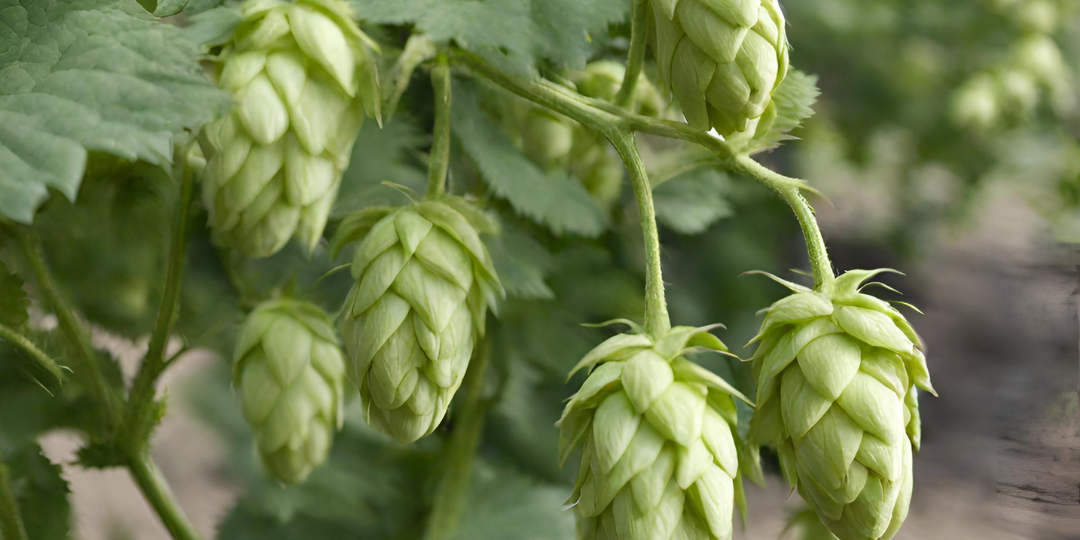Hop Growers face numerous challenges cultivating healthy crops to produce the flavour some hops provide that are prized by brewers worldwide. One of the most insidious adversaries they encounter is Verticillium wilt. This fungal disease poses a significant threat to hop plants, potentially devastating entire crops if left unchecked. In this blog post, we'll delve into the intricacies of Verticillium wilt, its symptoms, management strategies, and the importance of proactive measures in safeguarding our hop farms.
Fortunately here at A Plus Hops, we have never had, and hope to never have, Verticillium Wilt. This is due to strict disease policies on our farm and constant vigilance.
What is Verticillium Wilt?
Verticillium wilt is caused by the soil-borne fungi Verticillium dahliae and Verticillium albo-atrum. These pathogens infect hop plants through the roots, colonizing the vascular system and obstructing the flow of water and nutrients. As a result, affected plants exhibit symptoms of wilting, yellowing of leaves, stunted growth, and ultimately, yield reduction or crop loss.
Recognizing the Symptoms
Early detection of Verticillium wilt is crucial for implementing effective control measures. Some common symptoms include:
- Wilting: Leaves on affected branches wilt and droop, even with sufficient moisture in the soil.
- Yellowing: Leaves may turn yellow and eventually brown as the disease progresses.
- Stunted Growth: Infected plants often show reduced vigor and growth compared to healthy plants.
- Vascular Discoloration: Cutting open the stems may reveal brown discoloration in the vascular tissue.
Managing Verticillium Wilt
While Verticillium wilt can be challenging to eradicate completely, proactive management strategies can help mitigate its impact:
- Crop Rotation: Rotate hop crops with non-host plants to reduce pathogen populations in the soil.
- Resistant Varieties: Planting resistant hop varieties can offer some level of protection against Verticillium wilt.
- Soil Solarization: Utilize solarization techniques to heat-treat the soil and reduce fungal populations.
- Sanitation: Practice good sanitation by removing and destroying infected plants to prevent further spread.
- Fungicide Applications: In severe cases, fungicides may be used as part of an integrated disease management approach.
Prevention is Key
Prevention remains the cornerstone of Verticillium wilt management. Implementing strict sanitation measures, adopting resistant varieties, and maintaining healthy soil conditions can significantly reduce the risk of infection. Regular monitoring for symptoms and prompt action upon detection are essential to containing the spread of the disease.
Conclusion
Verticillium wilt poses a formidable challenge to hop growers, threatening the health and productivity of their crops. By understanding the disease's symptoms, implementing effective management strategies, and prioritizing prevention, they can protect their hop farms from this insidious threat. As stewards of the land, it is our responsibility to safeguard the future of hop cultivation and ensure the continued supply of high-quality hops for brewers and beer enthusiasts alike.
Kris Leach
A Plus Hops

